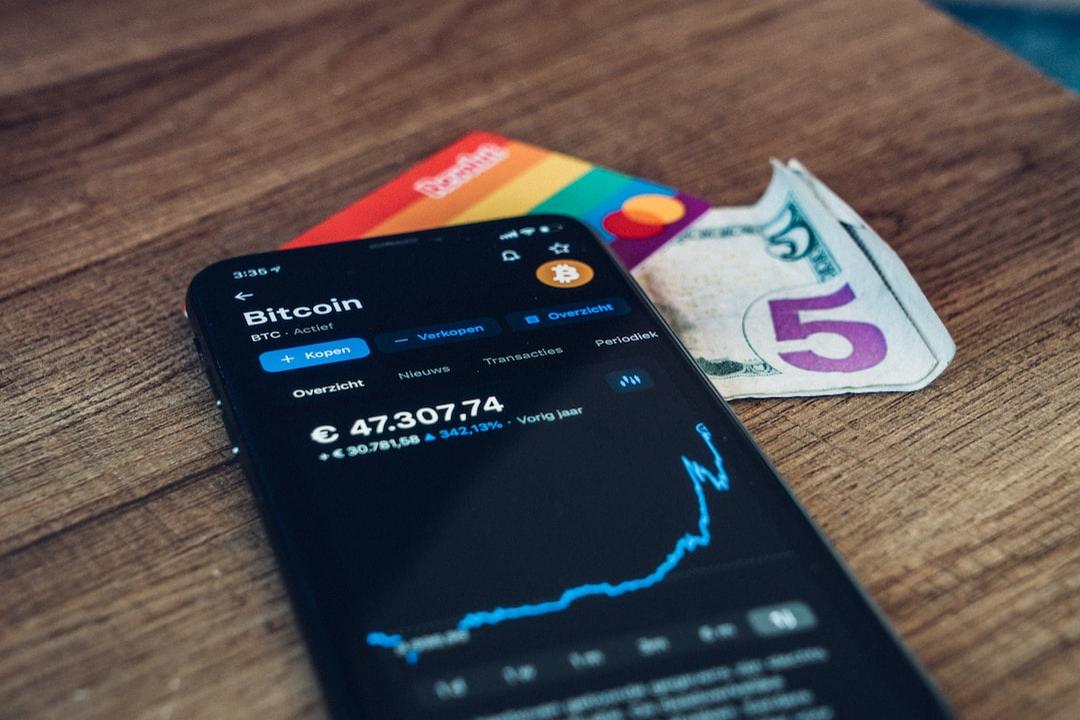CoinWorld reports:
Author: filippopozzi, Web3 researcher Source: medium Translator: Shanoubah
Bitcoin spot ETFs were approved in early January 2024, offering significant new investment opportunities for individuals and institutional firms seeking regulated tools to enter the cryptocurrency market. Following the initial surge of excitement, we now have the chance to analyze the impact of these ETFs on the market with a calmer and more comprehensive perspective, adhering to our customary approach through an examination of the most relevant data.
Market Prices
Let’s start with the most straightforward analysis: price trends. Bitcoin ETFs were approved on January 11, 2024, sparking immense interest in the sector, which translated into a substantial price increase. From approximately $45,000 on approval day, prices soared to a record high of around $73,000, stabilizing subsequently around $65,000.

Trading Volume
Another crucial metric for evaluating ETF success, particularly for issuers, is trading volume, where “volume equals commission” rules apply.

From this data table, it’s evident that overall trading volumes performed exceptionally well in the initial days post-launch, with a slight slowdown before a surge in March, peaking daily close to nearly $10 billion across all ETFs. Analysis of candlestick colors reveals BlackRock’s IBIT ETF (denoted in navy blue) led in trading volume. Following closely is Grayscale’s GBTC ETF, although predominantly in negative volumes as it transitioned recently from a trust fund to a spot ETF with significantly lower fees compared to competitors. Fidelity’s FBTC ETF ranks third.
Assets Under Management
Now, focusing on fund sizes in the market. Before proceeding, let’s clarify something about the GBTC ETF highlighted in red in the chart below. It’s clear GBTC managed a substantial amount of Bitcoin on its launch day alone. But how could this be if all ETFs launched on the same day?
GBTC, the Grayscale Bitcoin Trust Fund, operated as a trust before converting to a spot ETF, due to lack of approval by the SEC for a Bitcoin spot ETF. It was among the first financial instruments aimed at providing Bitcoin investment opportunities, distinguishing itself from spot ETFs as a closed-end fund with looser regulatory oversight, enabling it to enter the market before SEC approval.
Now converted like all other ETFs, GBTC faces higher fees than its peers, leading to gradual BTC losses as investors shift towards other ETFs.

Following the emphasis on GBTC’s situation, this graph highlights the fastest-growing ETFs: IBIT and FBTC from BlackRock and Fidelity, confirming previous trading volume analyses. ARKB (ARK Invest ETF) and BITB (Bitwise ETF) follow, albeit with significantly smaller market values.
Comparing Shares: Bitcoin Trust Fund vs. iShares Gold Trust Fund
For a comprehensive view of these new ETFs’ scale and to avoid meaningless figures, I suggest comparing BlackRock’s Bitcoin ETF (IBIT) with BlackRock’s Gold ETF (IAU).
It’s crucial to note that due to the different nature of the two themes examined and the potential different roles Bitcoin and gold may play in institutional portfolios, this comparison cannot be considered symmetrical.
Therefore, we will seek general information placing this new Bitcoin ETF within “traditional” market frameworks to better understand institutional perspectives on Bitcoin.
For this analysis, I have only provided data reported on the respective ETF pages by BlackRock, leaving links to the iShares Bitcoin Trust and iShares Gold Trust pages here.
Key Factors: iShares Bitcoin Trust

Key Factors: iShares Gold Trust

Let’s delve into these numbers carefully. As seen, I’ve highlighted what I consider the most relevant data for our research purposes: assets under management, average shares traded per trading day, and ETF closing prices (all denominated in USD).
Assets under management → As emphasized in the provided images, the Bitcoin ETF’s value is approximately $19 billion, while the Gold ETF’s value is about $28 billion, revealing a surprising closeness between the two ETFs.
Trading volume → Considering the figures reported under “30-day average volume,” which represents the average number of shares traded within the ETF, we can multiply this by the share price to obtain the trading volume in USD. In our example, last month’s daily average trading volume for the Bitcoin ETF was around $800 million, compared to approximately $260 million for the Gold ETF, indicating greater client interest in BlackRock’s Bitcoin ETF over its Gold ETF. Below, I will focus on the historical record of daily trading volumes for BlackRock’s Bitcoin ETF.

If these figures surprise you, they do for me too! Following an analysis of one of the world’s most significant fund managers’ Gold ETFs, I initially expected orders of magnitude differences in assets under management and trading volumes that favored the Gold ETF. However, upon analyzing the reported values of these two ETFs, such expectations were completely overturned, revealing higher-than-expected institutional market interest in this new asset.
I’d like to (re)clarify that these data may not perfectly reflect market conditions, as we are still in the early stages of institutional investor engagement with this asset and reaffirm that gold plays a fundamentally different role on a global scale compared to Bitcoin, at least for now, as reported by global capitalization rankings.

Nevertheless, it’s undeniable that this ETF, particularly managed by BlackRock, has achieved significant commercial success, affirming Bitcoin’s institutional entry and institutionalization within this realm.

